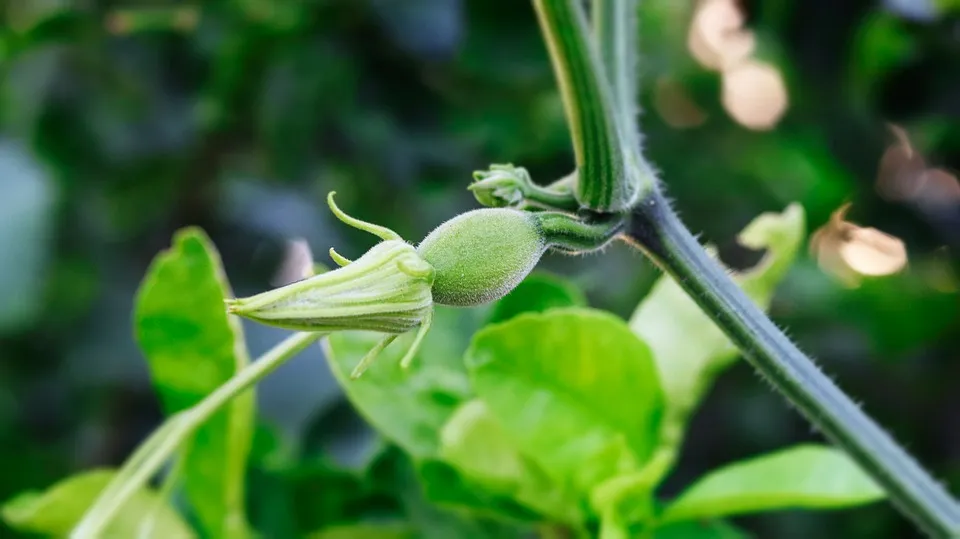Despite the remarkable importance of arbuscular mycorrhizae, there is limited information on the functional diversity of this symbiosis in many crops, including sweet bell pepper, in fact, worldwide, although there are valuable contributions on AMF diversity and functioning in some short-cycle crops.



▶ However, with regard to host growth parameters such as plant height, stem diameter, biovolume index, stem and root biomass, fruit production and phosphorus uptake, multiple studies with arbuscular mycorrhizae have shown them to be highly effective, with colonization percentages of over 90%.

▶ Credits: geralt – [Image of Public Domain]
≕ I invite you to stay tuned and read my next contribution ≔
Additionally, arbuscular mycorrhizal condition has been found to increase crop growth variables, nutrient uptake and fruit production, however, not all AMF species are equally effective, with Funneliformes mosse being one of the most effective species.
The presence of morphospecies, capable of colonizing the roots of this globally important crop, has also been verified, since all the chili bell pepper roots sampled in the field were colonized by AMF, with Paris-type morphology.

Under greenhouse conditions, synergistic effects between AMF and growth-promoting bacteria in crops have been reported, and it has also been observed that biofertilization alone is able to promote growth and nutrient content in plants.
NOTE: Reference material